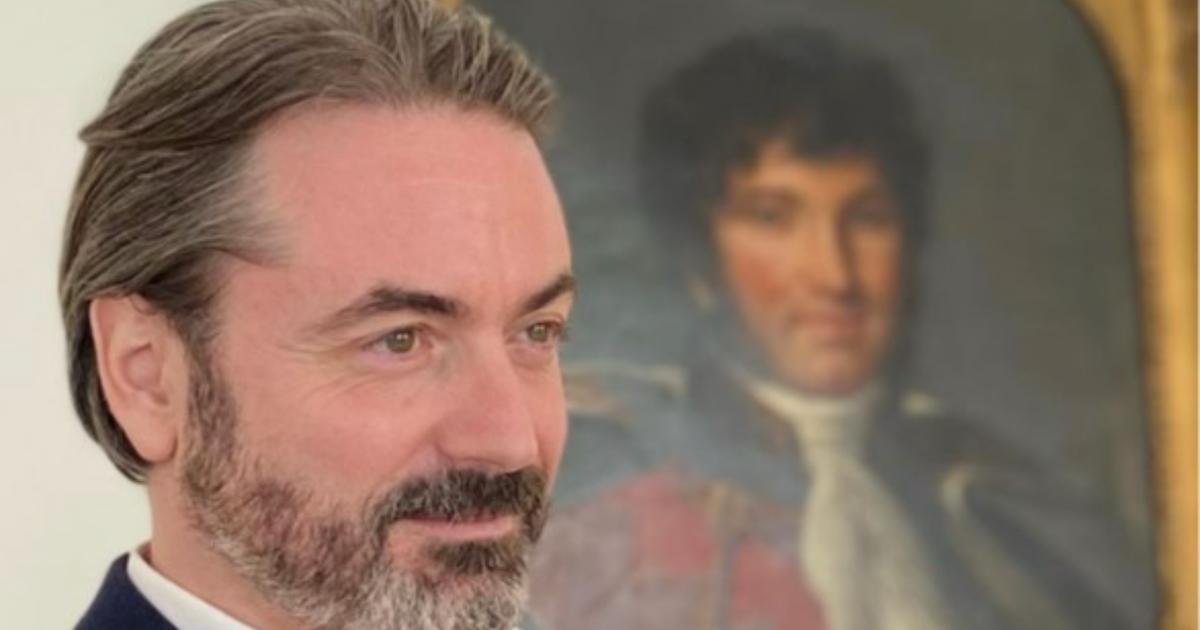Beye Faces Growing Scrutiny as Rennes Extends Winless Run
French Senator Gilbert Bouchet Dies After Championing ALS Reform
Louvre Heist: Four-Member Commando Flees With Historic Jewels After Seven-Minute Raid
Avian Flu Returns to French Poultry Farms as Seasonal Risk Rises
Louvre Security Under Scrutiny After Brazen Jewel Theft by Construction-Disguised Crew
French Authorities Hunt Suspects After Spectacular Louvre Jewelry Theft

French authorities are hunting four suspects after a spectacular heist at the Louvre museum on Sunday morning, where thieves made off with eight historic jewels from the French crown collection. The robbery occurred shortly after the museum opened, with the perpetrators executing what the Ministry of Culture described as a "particularly rapid and brutal" break-in before fleeing. The Louvre has since reopened to the public while police continue their investigation into one of the most significant art thefts in recent French history.
Among the stolen items are some of France's most precious historical artifacts, including the sapphire necklace from Queen Marie-Amélie and Queen Hortense's parure, composed of eight sapphires and 631 diamonds, and Empress Eugénie's diadem containing nearly 2,000 diamonds. A ninth object, the crown of Empress Eugénie, was abandoned during the thieves' escape and its condition is currently being examined by museum officials. The stolen jewels date primarily from the 19th century and represent significant pieces from the Napoleonic era.
The stolen collection includes multiple historically significant pieces. One parure features a tiara with 24 sapphires and 1,083 diamonds, originally belonging to Queen Hortense de Beauharnais (1783-1837) and Queen Marie-Amélie (1782-1866). Another set includes a necklace composed of 32 emeralds, 1,138 diamonds, and earrings that were originally gifted by Napoleon to his second wife Marie-Louise in 1810 for their wedding. Additional stolen items include pieces created for Empress Eugénia after her 1853 marriage to Napoleon III, featuring pearls and thousands of diamonds.
French Justice Minister Gérald Darmanin acknowledged that authorities "nearly succeeded" in preventing the theft but ultimately failed, stating the incident projects "a very negative image of France." The admission highlights significant security concerns at one of the world's most visited museums, raising questions about the protection of France's cultural heritage. The investigation continues as international art recovery units join the search for both the suspects and the priceless historical jewels.